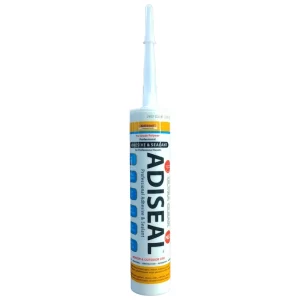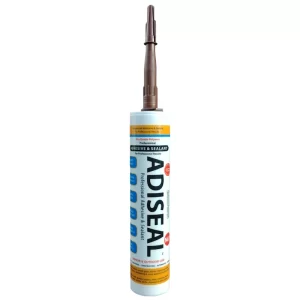Glue Metal to Wood
Glue Metal to Wood: Techniques and Best Practices
When it comes to joining metal and wood, finding the right adhesive is essential for creating strong and durable bonds. In this article, we will explore effective techniques and best practices for using glue to connect metal and wood, ensuring a secure and long-lasting connection.
Understanding the Challenges:
Combining metal and wood surfaces presents unique challenges due to their differing properties. However, with the right adhesive and proper preparation, you can achieve reliable and sturdy bonds.
1. Selecting the Right Glue:
– Epoxy Adhesive: Known for its high strength and versatility, epoxy is a popular choice for bonding metal to wood.
– Polymer & Polyurethane Adhesive: Offers excellent flexibility and resistance to moisture, making it suitable for both indoor and outdoor applications.
2. Surface Preparation:
– Clean the metal and wood surfaces thoroughly to remove any dirt, grease, or contaminants.
– Sand the wood surface to create a rough texture, providing better adhesion for the glue.
Techniques for Gluing Metal to Wood:
1. Apply the Glue:
– Use a brush or applicator to apply a thin and even layer of adhesive on both the metal and wood surfaces.
– Ensure full coverage, paying attention to any intricate or detailed areas.
2. Joining the Surfaces:
– Press the metal and wood surfaces together firmly, aligning them accurately.
– Apply clamps or use heavy objects to maintain constant pressure during the curing process.
3. Curing Time and Bond Strength:
– Follow the adhesive manufacturer’s instructions regarding the recommended curing time for achieving optimal bond strength.
– Avoid subjecting the bonded assembly to stress or load until the adhesive has fully cured.
Precautions and Tips:
1. Safety Precautions:
– Adhesive fumes can be strong, so ensure proper ventilation and use protective equipment as recommended by the manufacturer.
– Avoid skin contact with the adhesive and clean any spills or excess glue immediately.
2. Testing and Compatibility:
– Before applying the adhesive to the entire assembly, conduct a small test on a scrap piece of metal and wood to ensure compatibility and desired bond strength.
– Consider the specific types of metal and wood you are working with, as some adhesives may perform better with certain materials.
Conclusion:
By following the appropriate techniques and selecting the right adhesive, you can successfully glue metal to wood, creating strong and reliable bonds. Epoxy, polymer and polyurethane adhesives are commonly used due to their excellent bonding strength and versatility. Remember to prepare the surfaces properly, apply the adhesive evenly, and provide sufficient curing time for the bond to fully develop. Take necessary safety precautions and conduct compatibility tests when working with different types of metal and wood. With these guidelines in mind, you can confidently join metal and wood, opening up a world of possibilities for your woodworking and metalworking projects.
Showing all 6 results





